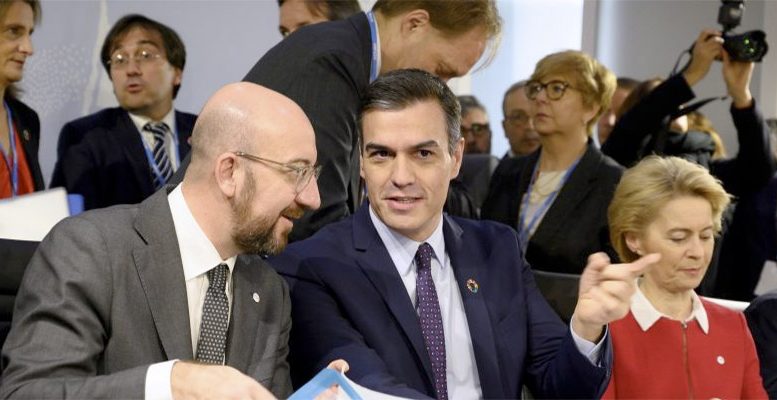Intermoney | As the latest OECD simulations rightly point out, the area where there is really room for maneuvering is that of fiscal policies and structural reforms. According to the international organization, in the short term and under a scenario of coordination in the G-20, the aforementioned measures could add up to nearly 0.5 percentage points of GDP in the first year with respect to the central scenario, as opposed to nearly 0.15 percentage points of monetary policy.
Eyes are now on Thursday’s ECB meeting, which is expected to result in a 10 point drop in the deposit facility to -0.6% and access to cheaper financing for banks in exchange for making this available to small and medium enterprises to offset the effect of falling incomes. Two measures whose positive effects generate considerable doubts, especially the first one since it would not serve to solve the problems of supply nor those that are linked to demand. The latter of these two issues is due to measures to control the coronavirus and, especially, to the impact of this virus on the confidence and behavior patterns of European consumers.
With regard to support for the financing of small and medium-sized enterprises in the EMU, we recognize that this will be key to making up for the deterioration in their income in the short term and to preventing the closure of many of these companies. Unfortunately, however, the key concern will be who will bear the risk of the new loans and if this falls to the commercial banks, due to their role as the executing arm of the operation, the ECB’s injection of liquidity will surely fail. In a context of foreseeable deterioration in activity, non-performing loans might increase and commercial banks will be reluctant to grant certain loans. A potential ECB programme to improve access to finance for businesses will therefore only be successful if it is accompanied by guarantees from national governments.
In December, the euro zone monetary authority projected growth for the zone of 1.1% in 2020 and 1.4% in 2021; figures that will have to be revised downwards after the latest measures taken in Italy and, in general, the negative impact of the health crisis on consumerism in the euro zone. However, the review should not be too severe in order not to fuel the fears of the market and, in this regard, the reference marks the cut of -0.3 p.p. of the OECD. So the new ECB forecasts certainly point to EMU growth of 0.8-0.9% in 2020, but also to an acceleration in 2021 to 1.2-1.4%.





